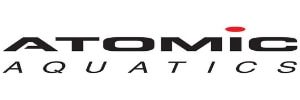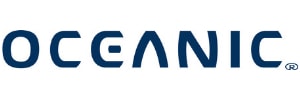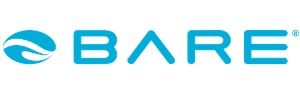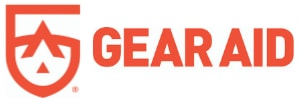All Oceanic, Hollis and Oceanpro Hardware, comprising Regulators, Octopus Regulators (Octo’s), Buoyancy Compensators (BC’s), Wings, Personal Dive Computers (PDC’s) and Analogue Gauges, when purchased from an Authorised Australian Dealer, are provided with a 1 year Warranty. This 1 year warranty will cover against any defects in materials, workmanship and performance to product specifications.
Conditions for Hardware Warranty Upgrade
1. The product details must be registered within 30 days of purchase. This registration can be completed on-line or by an Authorised Australian Dealer. Note that it is the consumers responsibility to ensure that the product is registered.
2. The product must only be used as intended and for normal recreational purposes.
3. All eligible products must have regular service by an Authorised Australian Service Technician to maintain Parts for Life eligibility. These service dates must be recorded by the service technician in the Parts for Life service database. This warranty upgrade is null and void if such regular service is not performed.
3. (a) A full service and replacement of change out parts is required every two (2) years. A visual and performance inspection is required every other year. It is recommended that you schedule your service in the same month each year coinciding with the anniversary of your purchase. Parts for Life will become void should your service/inspection dates extend beyond a 12 month period.
4. Bi-annual Service. Your Authorised Australia Dealer will provide all overhaul service parts at no charge. Any parts required other than overhaul service parts are the responsibility of the owner of the product being serviced.
5. All labour fees included in annual service are the responsibility of the owner of the product being serviced.
6. This warranty shall be void if the equipment has been tampered with by a person (or persons) not authorised by Australian Underwater Products to perform such service.
7. The warranty is non transferable and extends to the original purchaser only.
8. Normal wear and tear as determined by age and usage is excluded from the Oceanic, Hollis and Oceanpro Limited Lifetime Warranty.
9. To maintain this Limited Lifetime Warranty, you must provide proof of purchase and proof of authorised annual service.





















